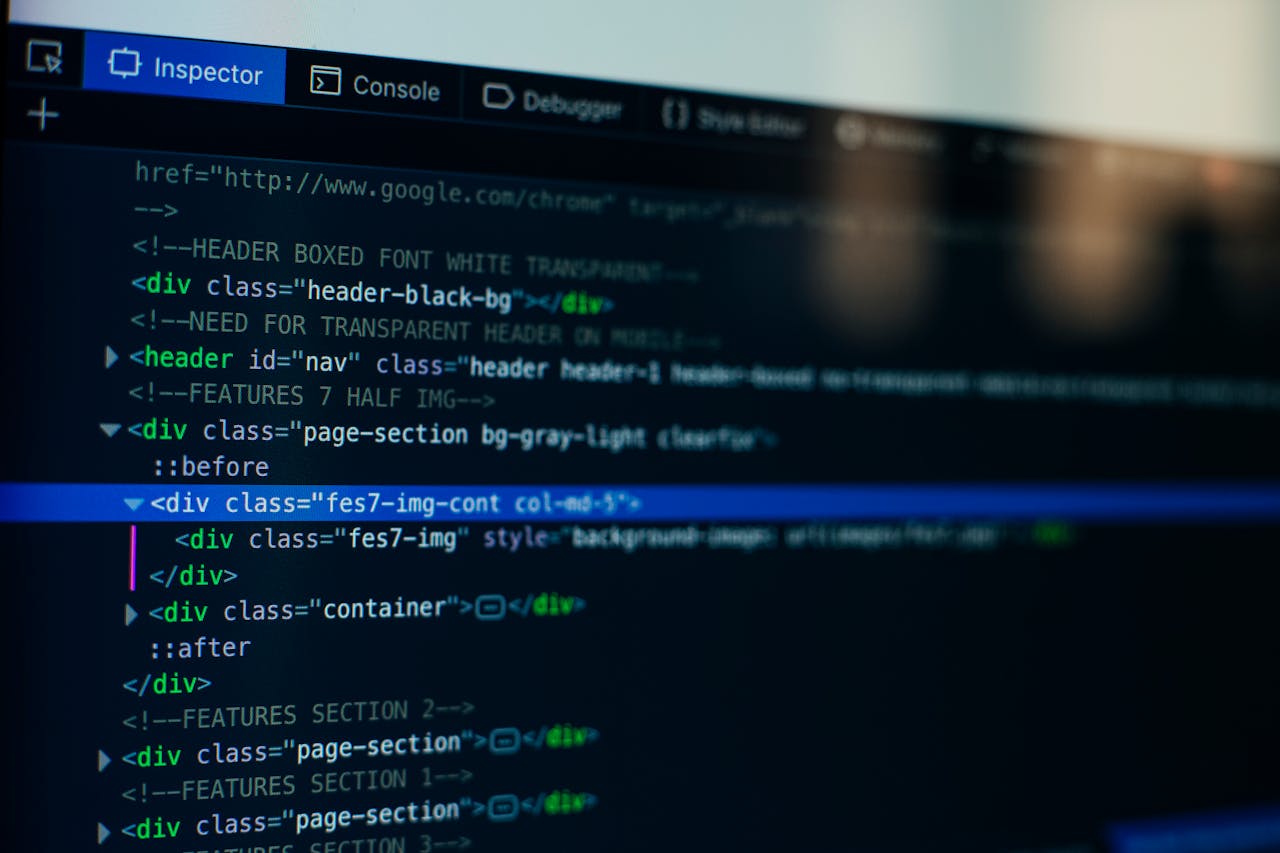Infrastructure as Code Security with CloudFormation
 Ikoh Sylva
Ikoh Sylva
In today's cloud-centric world, Infrastructure as Code (IaC) has emerged as a transformative approach for managing and provisioning IT infrastructure. By leveraging code to define and manage infrastructure, organizations can achieve greater efficiency, consistency, and repeatability. However, with the power of IaC comes the critical need for robust security measures. AWS CloudFormation, a popular service for automating infrastructure deployment, presents unique security challenges and opportunities. This article explores best practices for securing IaC with CloudFormation, ensuring that your cloud infrastructure is both resilient and secure and also an intriguing real-world scenario from Our Anonymous AWS Security Specialist on “A CloudFormation Success Story”

Understanding Infrastructure as Code (IaC)
Infrastructure as Code (IaC) is a practice that allows developers and operations teams to manage and provision infrastructure through machine-readable definition files, rather than physical hardware configuration or interactive configuration tools. This approach offers several benefits:
Consistency: IaC ensures that infrastructure deployments are consistent and repeatable, reducing the risk of human error.
Version Control: Infrastructure configurations can be stored in version control systems, enabling better collaboration and tracking of changes.
Automation: IaC enables automated provisioning, scaling, and management of cloud resources, leading to increased operational efficiency.
Rapid Deployment: Developers can quickly spin up new environments for testing or production, accelerating the development lifecycle.
The Importance of Security in IaC
While IaC offers numerous advantages, it also introduces security risks. Misconfigurations in the code can lead to vulnerabilities that may be exploited by malicious actors. Some common security issues in IaC include:
Exposing Sensitive Data: Hardcoding sensitive information (e.g., API keys, passwords) in configuration files can lead to data leaks.
Misconfigured Permissions: Incorrectly defined roles and permissions can grant excessive access to resources, increasing the risk of unauthorized access.
Insecure Resource Provisioning: Deploying resources without adhering to security best practices can leave environments vulnerable to attacks.
Given these risks, securing IaC is paramount for organizations leveraging AWS CloudFormation.
AWS CloudFormation Overview
AWS CloudFormation is a powerful service that enables users to define and provision AWS infrastructure using templates. These templates are written in JSON or YAML formats and can describe a wide array of AWS resources, including EC2 instances, S3 buckets, IAM roles, and more. CloudFormation automates the process of resource deployment, allowing for consistent and repeatable infrastructure management.
Best Practices for Securing IaC with CloudFormation
1. Use Version Control for Templates
Storing your CloudFormation templates in a version control system (e.g., Git) is essential for tracking changes and maintaining a history of infrastructure configurations. This practice allows teams to:
Collaborate Effectively: Multiple team members can work on the templates simultaneously, resolving conflicts through branching and merging.
Audit Changes: Having a version history enables teams to review changes and roll back to previous configurations if needed.
2. Implement Parameterization and Secrets Management
To prevent sensitive data exposure, avoid hardcoding secrets and sensitive information directly in your CloudFormation templates. Instead, follow these practices:
Parameterize Templates: Use parameters in your templates to allow users to specify values at runtime. This reduces the risk of exposing sensitive information.
yaml Parameters: DBPassword: Type: String NoEcho: true # Prevents the password from being displayed in logsUse AWS Secrets Manager or AWS Systems Manager Parameter Store: Store sensitive information securely and retrieve it in your CloudFormation template. This way, sensitive data is not hardcoded and is accessed securely at runtime.
3. Define Least Privilege IAM Roles
When defining IAM roles and policies within your CloudFormation templates, adhere to the principle of least privilege. This involves granting only the permissions necessary for resources to function correctly. To achieve this:
Use Managed Policies: Leverage AWS managed policies where possible, as they are regularly updated and maintained by AWS.
Limit Resource Access: Specify resource-level permissions in your IAM policies to restrict access to only the necessary resources.
4. Validate Templates Before Deployment
Always validate your CloudFormation templates before deployment to catch errors and misconfigurations early. Use the following approaches:
CloudFormation Linter: Use tools like cfn-lint to check your templates for syntactical and stylistic errors before deploying them.
AWS CloudFormation Designer: This visual tool allows you to create and modify CloudFormation templates, providing a graphical representation of your resources.
5. Implement Change Sets for Safe Deployments
Change sets allow you to preview how proposed changes to a CloudFormation stack will affect your resources before applying them. This feature is crucial for minimizing risks associated with changes:
Review Changes: Before executing a change set, review the proposed updates to identify any unintended modifications or security implications.
Rollback Capabilities: If an update introduces issues, use the rollback feature to revert to the previous stable state.
6. Monitor and Audit CloudFormation Resources
Continuous monitoring and auditing are essential for maintaining a secure environment. Use the following AWS services to enhance your monitoring strategy:
AWS CloudTrail: Enable CloudTrail to log and monitor API calls made by CloudFormation. This provides visibility into changes made to your AWS resources and can help identify unauthorized access attempts.
AWS Config: Use AWS Config to assess resource configurations and compliance with your defined security policies. You can set up rules to alert you when configurations drift from your desired state.
7. Regularly Review and Update Templates
As cloud environments evolve, it’s crucial to review and update your CloudFormation templates regularly. This ensures that your infrastructure remains secure and compliant with best practices:
Conduct Security Audits: Perform periodic audits of your templates to identify out-dated configurations or security vulnerabilities.
Stay Informed: Keep abreast of AWS security best practices and updates. AWS regularly releases new features and services that can enhance your security posture.
8. Leverage CloudFormation Stack Policies
CloudFormation stack policies define permissions for updating and deleting resources in a stack. By setting up stack policies, you can protect critical resources from accidental modifications or deletions:
Restrict Actions: Define policies that restrict actions on specific resources within your stack.
Allow Only Necessary Changes: Ensure that only authorized users can make changes to the stack, reducing the risk of unauthorized modifications.

Securing Infrastructure as Code: A CloudFormation Success Story
Earlier on in my career as a cloud engineer at a rapidly growing start-up, I was tasked with deploying a complex application architecture using AWS CloudFormation. Our team was excited about the efficiency of Infrastructure as Code (IaC), but we quickly encountered a significant challenge, security misconfigurations were creeping into our templates, jeopardizing our application’s integrity and compliance posture.
The Challenge
During a routine security audit, we discovered that several CloudFormation stacks had been deployed with overly permissive IAM roles and public S3 buckets. This was alarming, as it meant sensitive data could potentially be accessed by anyone on the internet. The implications of this were severe—data breaches could lead to regulatory fines and loss of customer trust.
The Resolution
Realizing the urgency, I initiated a two-pronged approach to resolve the issue. First, I organized a team brainstorming session to review our existing CloudFormation templates. We identified the specific patterns leading to misconfigurations—like using wildcard permissions in IAM policies and not setting S3 bucket policies to restrict public access.
Next, we implemented a series of automated checks using AWS Config and custom Lambda functions to validate our CloudFormation templates against best practices before deployment. We created a security baseline that enforced the principle of least privilege for IAM roles and ensured S3 buckets had the "Block Public Access" setting enabled.
The Thrill of Success
The real thrill came during our next deployment cycle. As we pushed updates through our CI/CD pipeline, the automated checks flagged a new template that attempted to use a wildcard in an IAM policy. The pipeline halted, preventing a potentially critical security issue from being introduced.
With the added confidence of our automated checks, we rolled out our infrastructure changes successfully. Not only did we enhance our security posture, but we also fostered a culture of security awareness in our team. Regular training sessions followed, emphasizing the importance of security in the IaC process.
This experience underscored the significance of integrating security into our development process. By leveraging AWS CloudFormation effectively and implementing proactive security measures, we transformed our deployment strategy into a secure, efficient, and compliant solution. It was a thrilling journey that not only safeguarded our application but also reinforced our commitment to security in the cloud.

Conclusion
Securing Infrastructure as Code with AWS CloudFormation is essential for organizations looking to leverage the power of IaC while minimizing security risks. By following best practices such as version control, parameterization, least privilege access, and continuous monitoring, organizations can create a secure and resilient cloud infrastructure.
As the cloud landscape continues to evolve, staying informed about security best practices and utilizing AWS features effectively will be crucial for maintaining a strong security posture. By prioritizing security in your CloudFormation templates, you can ensure that your infrastructure is not only efficient and scalable but also secure against emerging threats.
I am Ikoh Sylva a Cloud Computing Enthusiast with few months hands on experience on AWS. I’m currently documenting my Cloud journey here from a beginner’s perspective. If this sounds good to you kindly like and follow, also consider recommending this article to others who you think might also be starting out their cloud journeys to enable us learn and grow together.
You can also consider following me on social media below;
Subscribe to my newsletter
Read articles from Ikoh Sylva directly inside your inbox. Subscribe to the newsletter, and don't miss out.
Written by

Ikoh Sylva
Ikoh Sylva
I'm a Mobile and African Tech Enthusiast with a large focus on Cloud Technology (AWS)